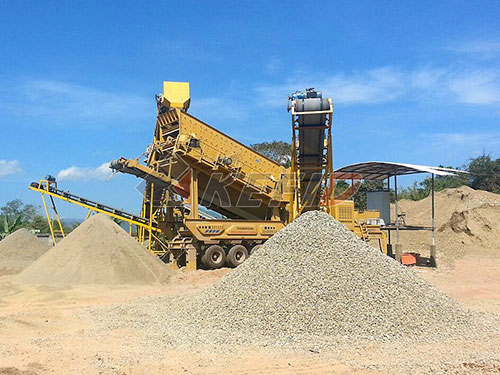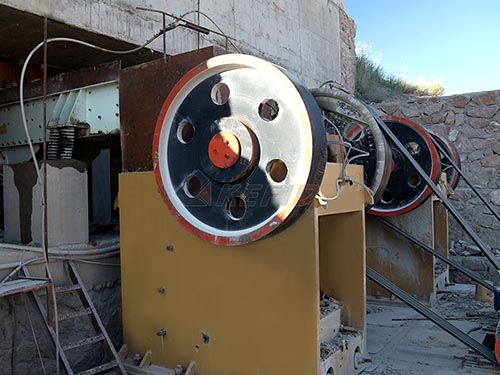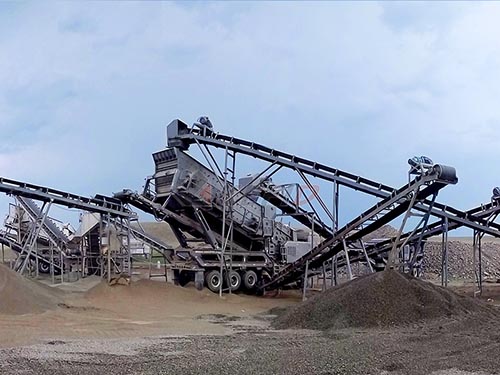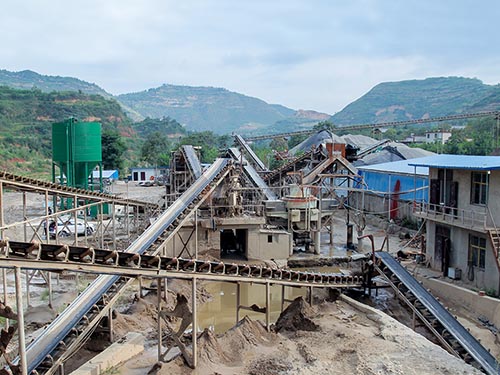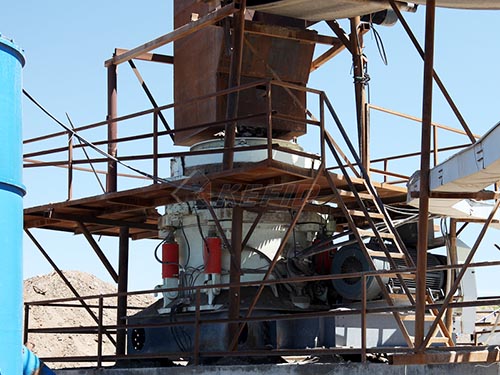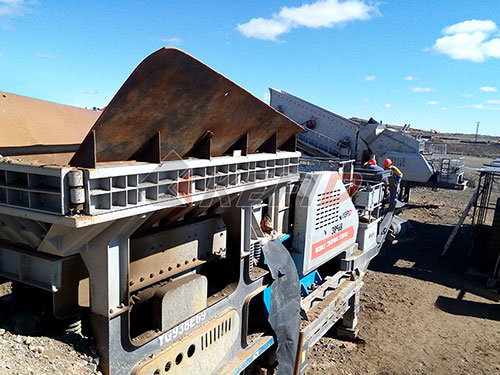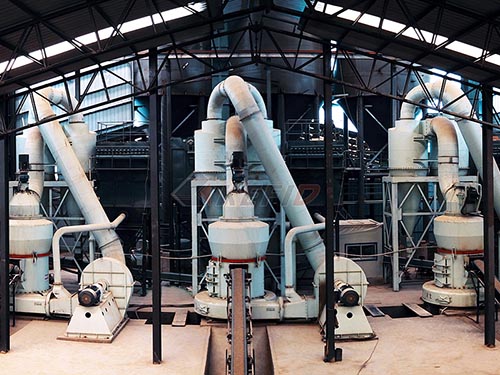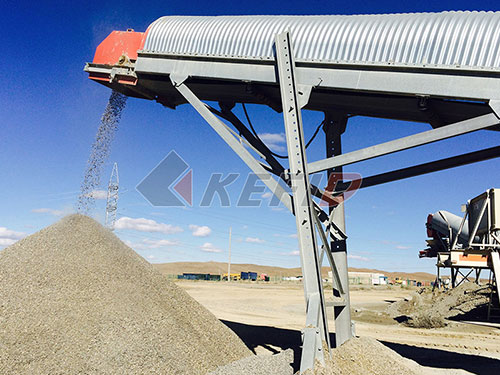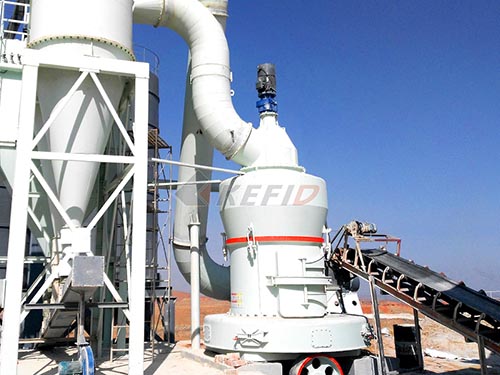“`html
Limestone Crushing Line: Optimizing Your Aggregate Production Process
The limestone crushing line is a fundamental system in quarry operations and construction material production. This comprehensive guide explores the key components, process flow, and optimization strategies for maximizing efficiency in your limestone crushing operations.
Key Components of a Modern Limestone Crushing Line
An efficient limestone crushing line typically consists of:
- Primary jaw crusher for coarse reduction
- Secondary impact crusher or cone crusher
- Tertiary shaping equipment (VSI crusher when needed)
- Vibrating screens for product classification
- Conveyor systems for material transfer
- Dust suppression and control systems
Process Flow in a Limestone Crushing Line
The standard workflow in a limestone crushing line follows these stages:
- Raw material feeding with vibrating feeder
- Primary size reduction through jaw crushing
- Secondary processing with impact or cone crushers
- Screening to separate different aggregate sizes
- Tertiary shaping if required for final products
- Stockpiling of finished materials
Equipment Selection for Your Limestone Crushing Needs
Choosing the right equipment for your limestone crushing line depends on:
- Production capacity requirements (TPH)
- Feed size and hardness characteristics
- Final product specifications (shape, gradation)
- Available space and layout constraints
- Budget considerations and operational costs
